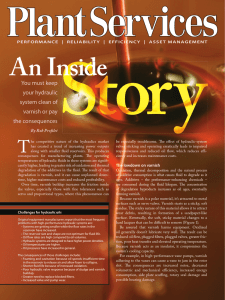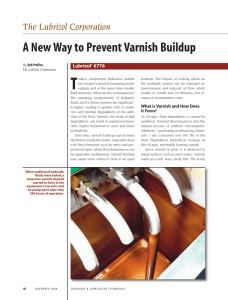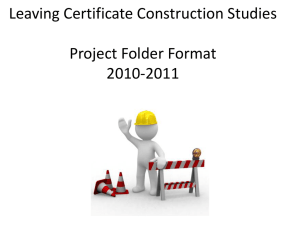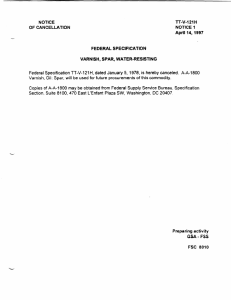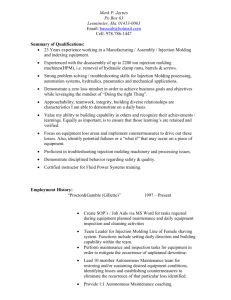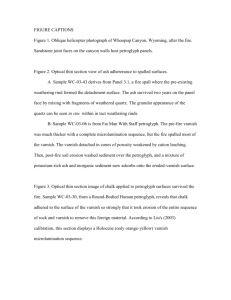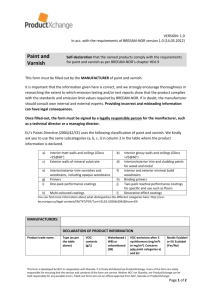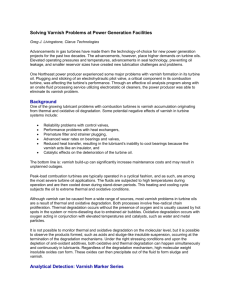Cardiac Care for your Hydraulic System
advertisement
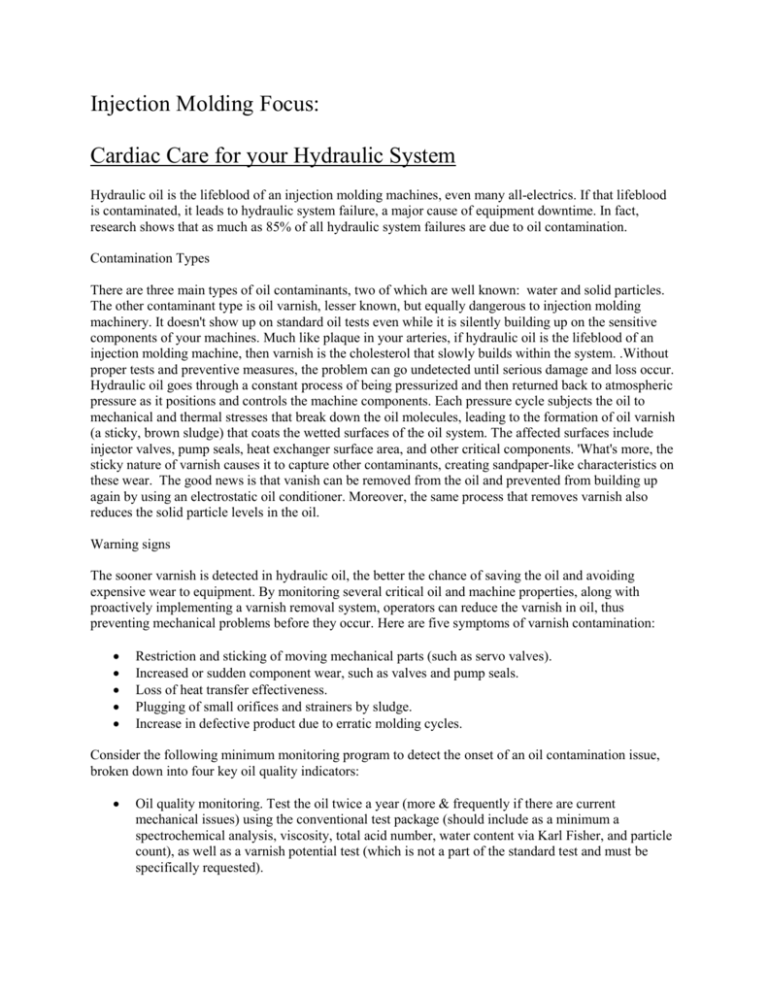
Injection Molding Focus: Cardiac Care for your Hydraulic System Hydraulic oil is the lifeblood of an injection molding machines, even many all-electrics. If that lifeblood is contaminated, it leads to hydraulic system failure, a major cause of equipment downtime. In fact, research shows that as much as 85% of all hydraulic system failures are due to oil contamination. Contamination Types There are three main types of oil contaminants, two of which are well known: water and solid particles. The other contaminant type is oil varnish, lesser known, but equally dangerous to injection molding machinery. It doesn't show up on standard oil tests even while it is silently building up on the sensitive components of your machines. Much like plaque in your arteries, if hydraulic oil is the lifeblood of an injection molding machine, then varnish is the cholesterol that slowly builds within the system. .Without proper tests and preventive measures, the problem can go undetected until serious damage and loss occur. Hydraulic oil goes through a constant process of being pressurized and then returned back to atmospheric pressure as it positions and controls the machine components. Each pressure cycle subjects the oil to mechanical and thermal stresses that break down the oil molecules, leading to the formation of oil varnish (a sticky, brown sludge) that coats the wetted surfaces of the oil system. The affected surfaces include injector valves, pump seals, heat exchanger surface area, and other critical components. 'What's more, the sticky nature of varnish causes it to capture other contaminants, creating sandpaper-like characteristics on these wear. The good news is that vanish can be removed from the oil and prevented from building up again by using an electrostatic oil conditioner. Moreover, the same process that removes varnish also reduces the solid particle levels in the oil. Warning signs The sooner varnish is detected in hydraulic oil, the better the chance of saving the oil and avoiding expensive wear to equipment. By monitoring several critical oil and machine properties, along with proactively implementing a varnish removal system, operators can reduce the varnish in oil, thus preventing mechanical problems before they occur. Here are five symptoms of varnish contamination: Restriction and sticking of moving mechanical parts (such as servo valves). Increased or sudden component wear, such as valves and pump seals. Loss of heat transfer effectiveness. Plugging of small orifices and strainers by sludge. Increase in defective product due to erratic molding cycles. Consider the following minimum monitoring program to detect the onset of an oil contamination issue, broken down into four key oil quality indicators: Oil quality monitoring. Test the oil twice a year (more & frequently if there are current mechanical issues) using the conventional test package (should include as a minimum a spectrochemical analysis, viscosity, total acid number, water content via Karl Fisher, and particle count), as well as a varnish potential test (which is not a part of the standard test and must be specifically requested). Machine inspection. Once per quarter, inspect hydraulic oil-wetted surfaces of the machine for signs of the brown, sticky coating caused by varnish buildup. Machine performance monitoring. Keep a log of each rnachine’s total part output and reject rate, taking note of any increases that possibly indicate degradation of hydraulic control reliability Heat exchanger monitoring. Note any need to increase coolant flow to compensate for increasing temperatures, signaling possible fouling of surface. Implementing a plan to monitor and respond to these warning signs should be a key element of every operation's reliability program. At the first sign of trouble, oils should be analyzed for varnish. The cost of conducting the necessary tests is minimal when compared to the cost of reduced product quality and equipment downtime. Solving the varnish problem The cost of prevention-installing an electrostatic oil conditioner-is also minimal when compared with letting varnish damage a system. An electrostatic oil conditioner prevents varnish from forming because, unlike traditional filtration, electrostatic cleaning removes both hard contaminants and the insoluble soft contaminants that cause varnish. Electrostatic oil conditioners are installed as an offline ("kidney-1oop") oil conditioner servicing the main reservoir. They use the physics processes of electrophoresis and dielectrophoresis to remove hard and soft contaminants as small as 10 nm (0.01 pm). Using the principles of electrostatics to collect fluid contaminants these cleaners take advantage of the physical properties and natural charge that each contaminant possesses. As the fluid flows across the replaceable collector in the system, the contaminants (large and submicron particles and varnish) are drawn by the electrostatic force field onto the collector's surface, thereby removing them from the oil. Since oil flow is across the surface and contaminants are collected on the surface rather than flowing through the surface, no pressure drop increase occurs and the solids loading of the system is extremely high. (For a more detailed description of how this technology functions. Visit www.kleentek.com,/howitworks.aspx.) Justifying the cost The cost of installing and operating the electrostatic oil conditioner is a fraction of the cost incurred for complete system oil flush, rejected product or injection molding machine repair. Identifying the common symptoms of varnish formation and acting before the damage occurs can save an operation thousands of dollars annually. Implementing the use of an electrostatic oil conditioner (EOC) on machine oil is very straightforward. Installation of the system can be done within hours while the space (less than a 2-ft square) and required power (regular 1 15V service) are minimal. To maximize your invest in varnish removal equipment, consider purchasing a larger electrostatic oil conditioner that can be shared between multiple machines. The added cost of the larger machine configured for portability would be small compared to the capitol savings of covering multiple molding machines with a single system. Contact your equipment supplier to learn if this strategy meets your needs and to determine the best rotation schedule that will keep your machines operating at peak efficiency.
